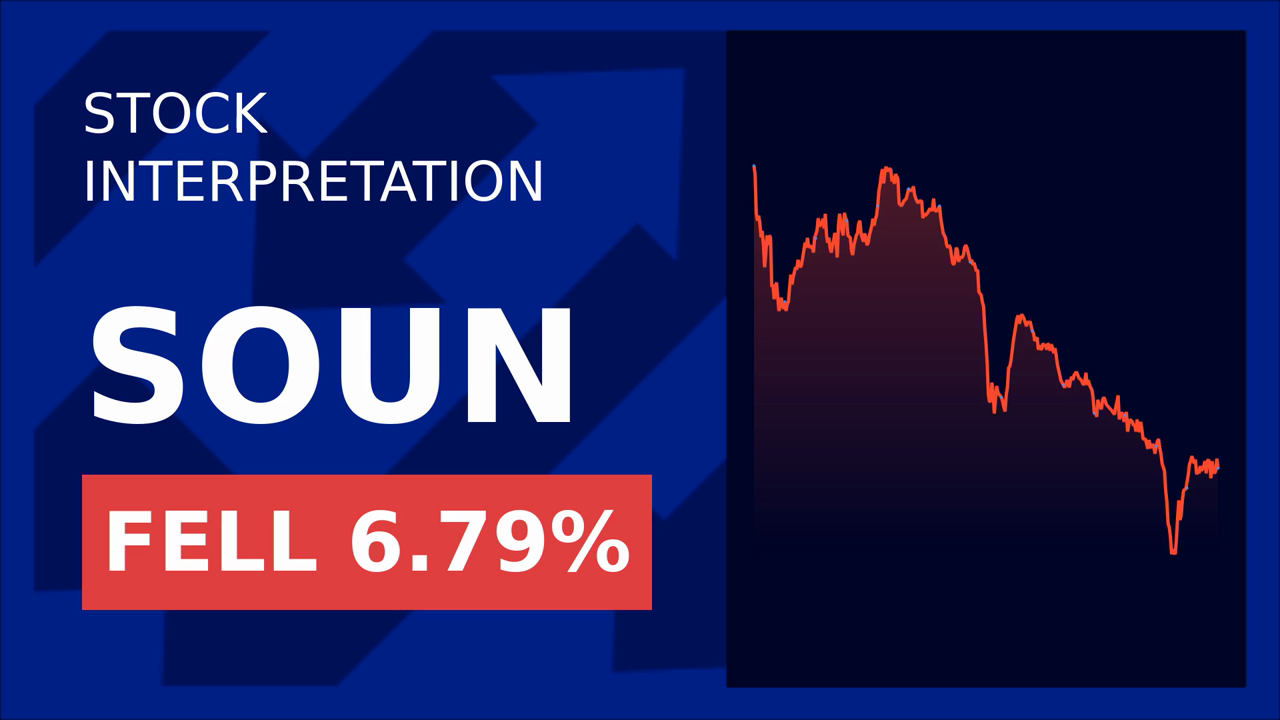SoundHound AI Soars to New Heights: A Record Q1 and the Dawn of Voice Commerce Dominance
SoundHound AI (NASDAQ: SOUN) has delivered a landmark quarter, with revenue surging 151% year-over-year to $29.1 million in Q1 2025. This explosive growth, driven by the proliferation of its Agentic AI solutions across industries, underscores the company’s transformation from a voice-recognition pioneer to a leader in conversational AI ecosystems. Yet, beneath the headline numbers lies a complex financial picture—and a strategic roadmap that could redefine the voice commerce and enterprise automation markets.
The Numbers: Growth vs. Investment Trade-Offs
SoundHound’s Q1 results reveal a company in expansion mode. Revenue hit $29.1 million, up from $11.6 million in Q1 2024, with no single customer contributing more than 10% of revenue—a testament to its diversified client base. However, profitability remains elusive under standard metrics. While GAAP net income spiked to $129.9 million due to a non-cash gain from recalibrating acquisition-related liabilities, the non-GAAP net loss widened to $22.3 million. Similarly, Adjusted EBITDA fell to ($22.2 million) from ($15.4 million) a year earlier.
The trade-off is clear: SoundHound is prioritizing growth over short-term profits. With $246 million in cash and no debt, the company is well-positioned to fund its aggressive R&D and market penetration. But investors must weigh this against the widening losses, which could pressure valuations if growth stalls.
The Engine of Growth: Agentic AI and Voice Commerce
The company’s success hinges on its Agentic AI platform, which powers human-like AI agents capable of complex tasks across industries. The launch of Amelia 7.0—with enhanced voice-commerce capabilities—has been a linchpin. The automotive sector, in particular, is a focal point:
- Automotive: Partnerships with Tencent Intelligent Mobility and NVIDIA (demoed at GTC 2025) are enabling in-car voice ordering systems, while integrations with a major automaker signal a shift toward AI-driven automotive interfaces.
- Restaurants: Dozens of chains, including White Castle and Five Guys, are deploying SoundHound’s voice-enabled solutions, with pilot programs expanding to global markets.
- Healthcare: Renewed contracts with billing firms and hospital networks highlight the scalability of AI-driven administrative tools.

Industry Diversification: A Shield Against Volatility
SoundHound’s cross-sector approach is a strategic masterstroke. Revenue streams now span healthcare, retail, energy, telecom, and financial services. For instance:
- Energy: A major utilities company deployed its AI agents, while partnerships with PowerConnect.AI aim to expand voice AI adoption in grid management.
- Financial Services: Renewals with global banks and a top European insurer signal enterprise trust in SoundHound’s security-enhanced platforms (bolstered by its Pindrop integration).
This diversification reduces reliance on any single industry, a critical advantage in volatile markets.
Risks and the Road Ahead
The path isn’t without hurdles. The non-GAAP loss widening reflects hefty investments in R&D, sales teams, and global partnerships. Should demand for voice-commerce solutions plateau, SoundHound’s burn rate could strain its cash reserves. However, the company’s guidance of $157–$177 million in full-year 2025 revenue—up from $123 million in 2024—suggests confidence in cross-selling opportunities and market expansion.
Conclusion: Betting on the Voice-First Future
SoundHound’s Q1 results paint a company at a pivotal moment. The 151% revenue growth and $246 million cash war chest provide ample fuel for its vision of a voice-first economy, where AI agents handle everything from in-car food orders to hospital billing. While the widening losses are a red flag, they align with a deliberate strategy to dominate nascent markets.
Consider this: The global conversational AI market is projected to hit $28.7 billion by 2030, growing at a 20% CAGR. SoundHound’s early leadership in voice-commerce solutions—already embedded in automotive, healthcare, and retail—positions it to capture a significant share of this boom.
For investors, the question is whether they can stomach near-term losses for the promise of long-term dominance. With its technical edge, diversified client base, and strategic partnerships, SoundHound is building a moat that could make it a buy at current valuations—if the market is patient enough to let the story unfold.
In the race to monetize voice AI, SoundHound is no longer just a contender—it’s already drafting behind the finish line.


_442a2dcc1749832873286.jpeg)
_e68fac6d1749831664430.jpeg)





